
Stephen Ornes has been writing for Science News Explores since 2008, and his 2014 story "Where Will Lightning Strike?" won an AAAS/Kavli Gold Award. He lives in Nashville, Tenn., and he has three children, who are inventing their own language. His family has a cat, six chickens, and two rabbits, but he secretly thinks hagfish are the most fascinating animals. Stephen has written two books. One is a biography of mathematician Sophie Germain, who was born during the French Revolution. The other, which was published in 2019, features art inspired by math. Visit him online at stephenornes.com.

All Stories by Stephen Ornes
-
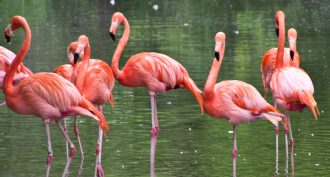 Animals
AnimalsBird DNA leads to strange family tree
Field guides often group birds together by similarities in appearance or behavior. But a new study, based on DNA, confirms earlier suspicions that such groupings are only skin-deep.
-
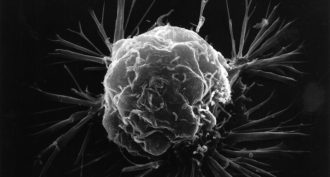 Life
LifeCell gangs may help cancer spread
A new study on mice suggests that when cancer cells strike out from a primary (first) tumor in groups, they have an especially good chance of creating new tumors elsewhere.
-
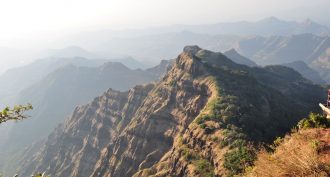 Fossils
FossilsDino double whammy
Most scientists think an asteroid helped kill off the dinosaurs. But new calculations suggest that asteroid might have gotten some help from a long series of volcanic eruptions in what is now India.
-
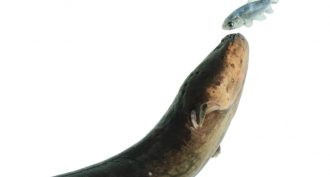 Animals
AnimalsElectric eels get on their prey’s nerves
Electric eels wield remote control over their prey’s muscle movements. They do this by zapping their nervous system. Experiments suggest the creatures use these paralyzing bursts of energy to hunt, too.
-
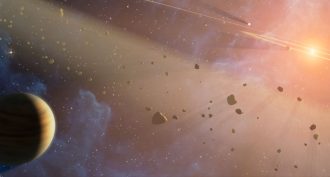 Planets
PlanetsAsteroid impacts may have sparked life on Earth
The energy produced by comets and asteroids that collide with Earth may have been strong enough to start life.
-
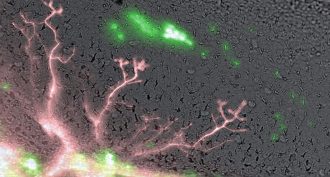 Animals
AnimalsA nervy strategy for transplants
Adjusting the electric charges in cells helped a transplanted eye reach out to its new host. The eye grew cells, which help transmit signals to other cells.
-
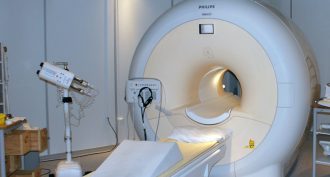 Physics
PhysicsDetecting a single proton
Doctors typically use magnetic-resonance imaging, or MRI, to see tissues and organs inside the body. Physicists can harness a similar technology. And they did that to spotlight something even smaller — a single proton. But followup analyses, reported in January 2015, forced a retraction of their original claim.
-
 Physics
PhysicsRaindrops break the speed limit
Raindrops shouldn't be able fall faster than what is known as their terminal velocity. But no one told the rain. Researchers have found droplets breaking that speed limit.
-
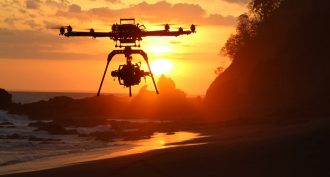 Tech
TechDrones put spying eyes in the sky
From keeping tabs on changing landscapes to protecting animals from poachers, scientists are using drones to push their fields forward.
-
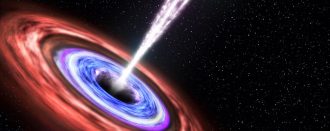 Physics
PhysicsEscape from a lab-built black hole
In the 1970s, physicist Stephen Hawking suggested that some particles could escape a black hole. An experiment now shows how, using a lab-made black hole ‘made’ from sound.
-
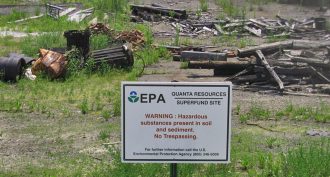 Environment
EnvironmentCleaning with greens
Cleaning up toxic waste is a big and expensive problem. Scientists have tinkered with the genes in some plants. Now those greens can take on this dirty work. Still, they're not quite ready for prime time.
-
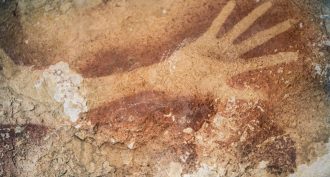 Humans
HumansStone Age stencils: Really old art
Scientists thought that cave art started in Europe. New analyses now dash that assessment. Stencils in an Indonesian cave are every bit as old as the better-known drawings in caves in France and Spain.